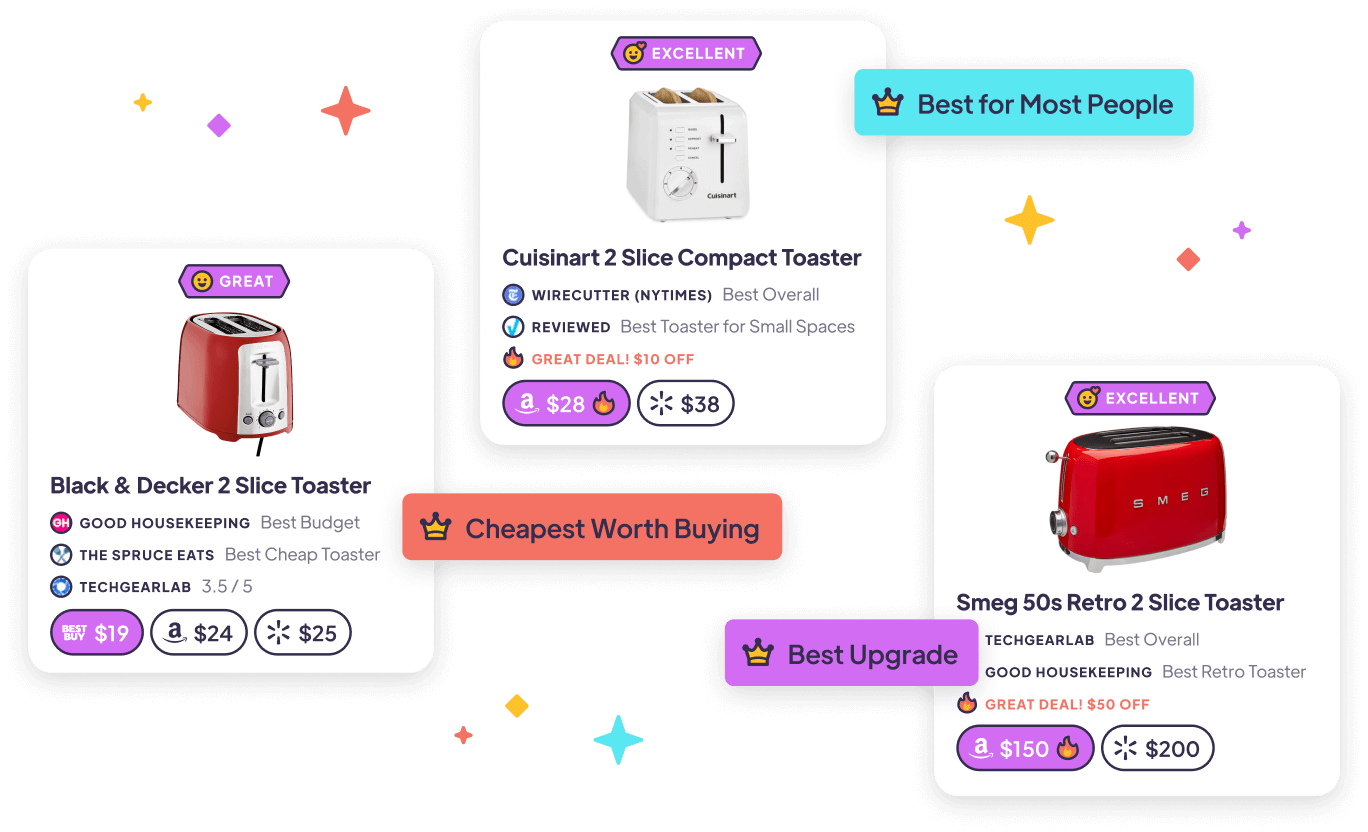When comparing Paper.js vs Fabric.js, the Slant community recommends Paper.js for most people. In the question“What are the best JavaScript drawing libraries?” Paper.js is ranked 3rd while Fabric.js is ranked 8th. The most important reason people chose Paper.js is:
It is written in a language nearly identical to JavaScript, but adds helpful operator overloading to allow you to perform coordinate arithmetic.
Ranked in these QuestionsQuestion Ranking
Pros
Pro Operator overloading
It is written in a language nearly identical to JavaScript, but adds helpful operator overloading to allow you to perform coordinate arithmetic.
Pro Geometric Tests
An almost-unique feature: can test geometry if contains(), isInside() or intersects() one other object. Offers even hit-testing methods!
Pro Behaviours handled by objects
Objects in Paper make it easy to extend parent objects and run constructor functions without having to worry about JavaScript prototypal inheritance. Because of this it is easy to make compound drawing objects with their own instance variables and behaviors.
Example: each swimming tadpole follows its own behavior
These features make it easier to create objects that can act autonomously with complex behaviors. This makes Paper a good choice for particle effects and game development.
Pro Object constructors
Elements all have the option of being created with a hash of properties which promotes clean, concise, and contextually local coding practice.
Pro Good for making games
Paper uses a frame based approach to rendering the canvas. This makes it conceptually easier to create objects with animations and behaviors that interact and perform with other objects.
Along with Paper's approach to creating and managing objects this makes Paper especially good for creating applications with complex behaviors with many elements doing different actions at once, and makes it a good choice for making games.
Pro Out of the box Node.js support
Fabric supports node.js, and has an npm package available for server side rendering with all the dependencies handled for you. This allows you to provide graceful degradation for image fallbacks to canvas or SVG content.
Pro Vector focused API
Drawing objects in fabric are vector focused, so everything is easily transformable. It makes it easy to create complex pathed shapes, add gradients, or filters. Although fabric is great for vector rendering, it also has image support as well.
Pro Outputs to canvas and SVG and JSON
When it comes to format compatibility, Fabric is the best, with the ability to output to Canvas, SVG, and JSON. SVG provides backwards compatibility for older browsers, and JSON allows you to store rendered output for later use.
Pro Great interaction with SVG, excellent coding
If you are about to customize the library to your needs, this is the project of choice! Great programming work!
Pro Good support for SVG multi-line text
Allows creating multi-line text that can even be interactively edited by user interaction.
Pro Browser only version now available
If the node-canvas dependency is a problem you can now look for npm install fabric@x.y.z-browser
Cons
Con Limited to single instance
The code is written in a way that everything is global and limited to a single instance, there is no clean way to use 2 separate instances in the same page
Con Not supported in older browsers
Paper.js runs on top of HTML5 Canvas, which is not supported in older browsers.
Con No front-end only version via Node
NPM package has major dependencies.
Con A little bit less support for Angular.js


